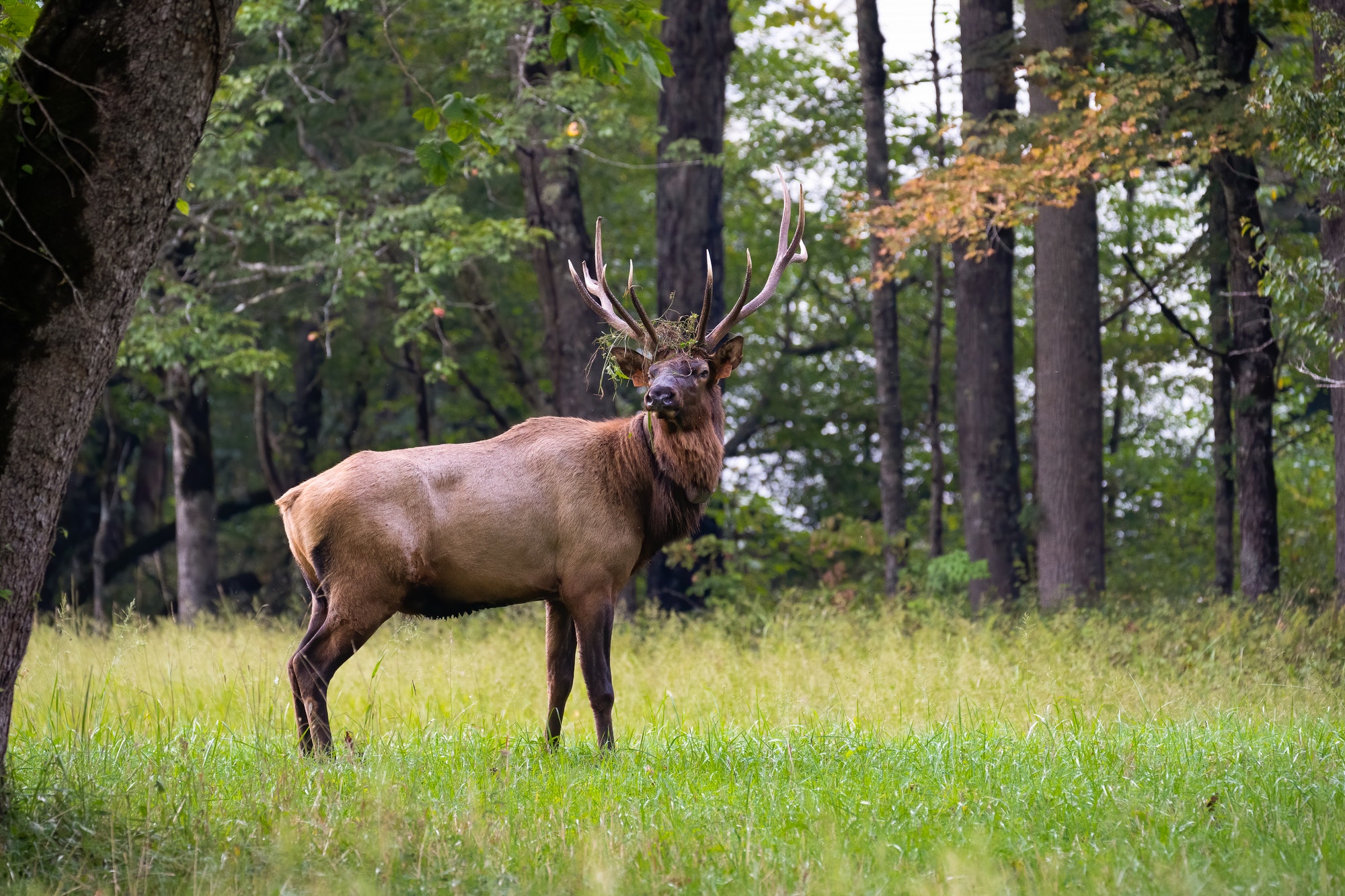Hunting elk is a challenging endeavor. Elk hunters as a group have a success rate of about 10%. In some units, the success rate is higher or lower, depending on the hunter’s level of ability and experience. Even so, it’s not unheard of for hopefuls to come up empty-handed for five or more seasons in a row.
Even though elk hunting is difficult, many hunters make blunders that significantly decrease their chances. Some of the errors made by inexperienced elk hunters that you should avoid are outlined below.
Insufficient Scouting
Finding elk to hunt is half the battle for elk harvest success. Without finding the target prey, it is not possible to shoot them down. Finding elk may take six days of a seven-day hunt if you don’t conduct a pre-hunt map study. It’s possible that you won’t even see any elk at all. Hunting maps should be prepared months in advance. As a result, you’ll have a better idea of where to look for elk and what areas to avoid.
Leaving the House Late
Even if you get to your parking spot at the crack of dawn, you’re almost certain not to run into situations where you’d get to kill a bull. Why? To begin with, elk bugle quite frequently at night as this is when they’re most active. Second, they tend to leave for their sleeping regions in the early morning hours, and if you’re in a prime location already, you’re unlikely to catch up.
Calling Too Much
As soon as a bull bleats, it’s simple to respond by bleating or cow-calling. The bull often stops or continues to blare from a fixed location. Desperate to get through to him, you call him again and again. This is usually a bad idea. While hunting on public grounds, it’s important to remember that everyone else is doing the same thing. The less-is-more approach frequently works well with bulls since they hear everything.
Too much caution
Eastern and Midwest elk hunters tend to be excessively cautious while approaching elk. You’ll be left in the dust if you don’t pick your steps carefully when these long-legged beasts are moving. They can quickly cover a lot of steep terrain. Race through the brush, jump over deadfall logs, and dodge broken sticks while pursuing a bull. This is often the only way to be in position in the heat of the moment.
Taking Shots Too Quickly
In the absence of a sidehill, most shots are taken from an incline or descent. There is often no time for a rangefinder to be used in the midst of them. When a bull sees you and prepares to bolt, it can feel like the time is now or never. Take the time to line up your shot, and you’re more likely to hit the mark.
Keeping Away from the Wallows
Bulls rarely, if ever, move in the daytime while it’s hot out. It is impossible to find elk when hunting on foot amid thick cover during daylight.
Conclusion
Elk hunting is a lot of fun because of the difficulty. When it comes to hunting, avoiding these blunders can help ensure that you’re in the game.

